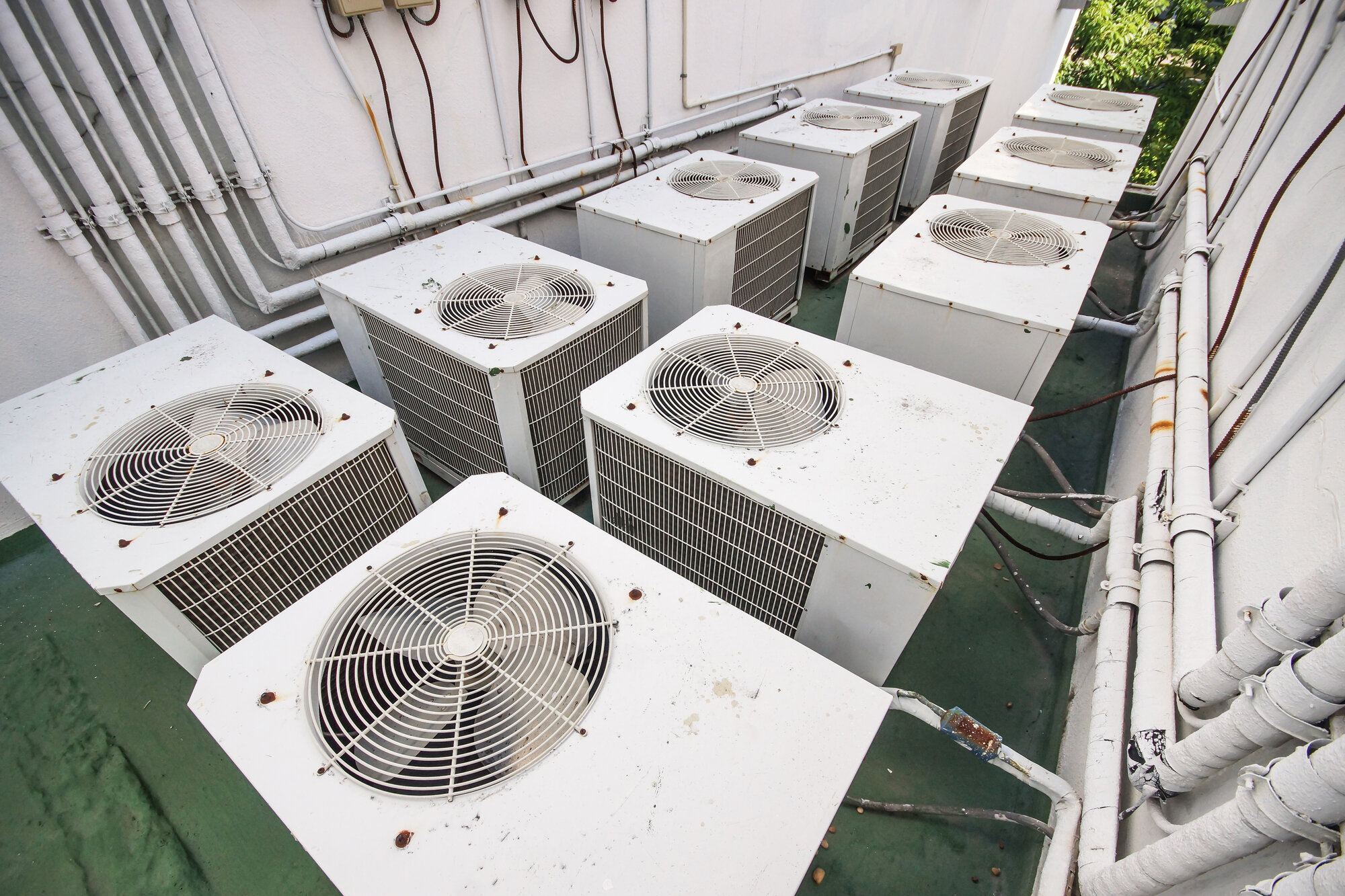Air Filters
The first way to help clean the air in your home is by allowing the air to be filtered as it passes through the air mover of your heating and air conditioning system. This is most commonly accomplished by passing the air through an air filter. There are different types of air filters. Air filters have different costs, and they have widely different efficiencies in their ability to filter the air. Basically, the smaller the spaces between the fibers in the air filters, the better they filter and the more that they probably will cost.
It is important to know that you can't just make filters more efficient (make the spaces in the filter smaller) or the air mover (blower) of your air conditioning and heating system may not force a sufficient amount of air through the filter. This will make the system to malfunction because of low air flow. This is exactly what happens when your system tries to operate with a dirty or restricted filter. You can not get enough air through the filter and the system is forced to malfunction. If not for the need for proper air flow to make your home's comfort system work correctly, you could leave dirty filters in your system. A dirty filter is a very efficient filter. So efficient, in fact, that it will not let enough air through the system causing it to malfunction.
Fiberglass Filter
The most common filter is a 1" think filter composed of a weave of fiberglass strands. These filters usually have a light cardboard frame. They are the most common because they are the least expensive. They are not very efficient and do not filter well. They are, however, much better than a system with no filters.
Pleated Polycotton Filter
Pleating a filter allows for more square footage of filter media within the same sized filter frame. Because you have more area of filter, the filter can be made more dense (smaller spaces). This allows the filter to remove smaller particles because the spaces in the filter are smaller.
Large Pleated Polycotton Filter
The next level of mechanical filters is a large pleated filter. Instead of the filter being 1" think, the filter is 8" thick and has narrow pleats. This allows for a much larger filtering area and consequently the filter can be much more dense (much smaller spaces). The difference between this and a standard filter might be described this way. If the smallest particle that a standard filter could trap from the air was a basketball, this filter would remove a grain of sand. This is a much, much more efficient filter and is becoming increasingly popular in making a clean home environment.
Electrostatic Filter
In the last several years we have seen the rising popularity of what are called electrostatic filters. These are 1" thick filters that are composed of layers of plastic mesh. The air passing through the filter causes static electricity in the filter. The particles in the air pick up this static charge and are then attracted to and are caught in the plastic mesh internally in the filter. These filters are very restrictive on the blower motor and duct system.
Electronic Filter
This works similarly to the electrostatic air filter, but much better. This filter uses a small amount of electricity as 115 volt house power is converted to approximately 5000 volts DC This high voltage is applied to a series of small stainless steel wires on the inlet of the filter. Particles passing by these wires become electrically charged by the high voltage in the ionizing wires. Then the positively charged particles are attracted to and collected on a negatively charged aluminum grid. Very efficient, and fairly expensive.



